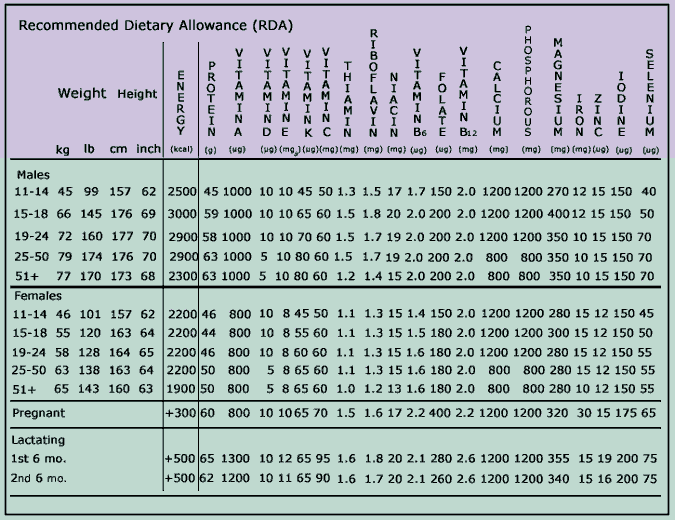


understanding a balanced diet


Nutrition


What is energy?
Nutritional energy is the amount of energy a person needs to stay healthy. You get energy through foods. The food we eat contains carbohydrates, proteins and lipids (fats) which all contain calories. Calories give energy to our bodies and help us to do all of our daily activities, including exercise.
How does food give us energy?
When we eat, our bodies transform the food into energy in three main stages.
Stage 1:
In the first stage, enzymes mix with the food and break it down physically. This happens either in the digestive system. There are three different classes of molecules, which are carbohydrates, proteins and fats. The enzymes break down different kinds of food molecules to different substances. Proteins are broken down to amino acids. Carbohydrates) break down to glucose, or other sugars. Lipids break down to fatty acids and glycerol. All of these monomers are then transported into the cell cytoplasm for cellular respiration.
Stage 2:
The second stage occurs in the cytoplasm. There is a breakdown of the monomers into smaller molecules particularly glucose by glyocolis (a hydrolytic reaction) this generates a smaller molecule and some ATP.
Stage 3:
The third stage happens in the mitochondrion. The smaller molecules generated in the cytoplasm from the monomer breakdown are now completely broken down to then form a large amount of ATP. The ATP generated in the mitochondrion is then used for many processes in the cell that require energy. The ATP breaks down into adenosine diphosphate (ADP) and an inorganic phosphate. From this point, the energy is released.
How do different kinds of food give us different amounts of energy?
Foods that have a lot of fat (lipids) provide more energy than the same mass of proteins or carbohydrates. In fact, 1 gram of fat has two times more energy than either 1 gram of protein or 1 gram of carbohydrates. For example, if you eat 100 grams of roasted peanuts, that will give your body 2364 kilojoules (kJ), which is the unit of energy given by the food. But if you eat 100 grams of roasted chicken, you are only getting 599 kJ and 100 grams of boiled potato is just 339 kJ.
For teens, this information is really important. Sometimes we eat fries at McDonald's, but we don't realize that they contain a lot of fat. A large fries from McDonald's is 1900 kJ.
By the way, sometimes people count the energy units in food as kilocalories, and not as kilojoules. The kJ is an official international unit, but kilocalories are still commonly used to measure the energy in food. One kcal is equal to 4.18 kJ. One kcal is the quantity of energy needed to raise the temperature of a gram of liquid from 14.5 to15.5 °C .
Different people have different energy needs
As this table on recommended dietary allowances, not everybody needs the same amount of food or energy to live and be healthy.
Children do need food energy but they need the least of all ages. Boys and girls seem to need about the same amount of energy each day.
When kids become teenagers, boys need more food energy than girls do. The table also shows that more active teens need more food energy than less active ones.
Energy needs of men and women are greater until about the time that they reach their mid-twenties, and then decline as people get older. Older women need fewer kcals than older men.
Pregnant women also need extra energy, and foods that have extra iron and calcium. These foods help bones, teeth and blood of babies. Breastfeeding women also need more energy to nurse their babies.
Sources for this entry are: https://foodwatch.com.au/blog/in-the-news/item/kilojoules-and-fast-food-the-in-your-face-facts.html; https://www.cerin.org/questions-aux-dieteticiens/doit-on-dire-kilocalorie-ou-kilojoule/
https://www.ncbi.nlm.nih.gov/books/NBK26882/
Mary Jones, Richard Harwood, Ian Lodge and David Sang, Cambridge IGCSE Combined and co-ordinated sciences coursebook.